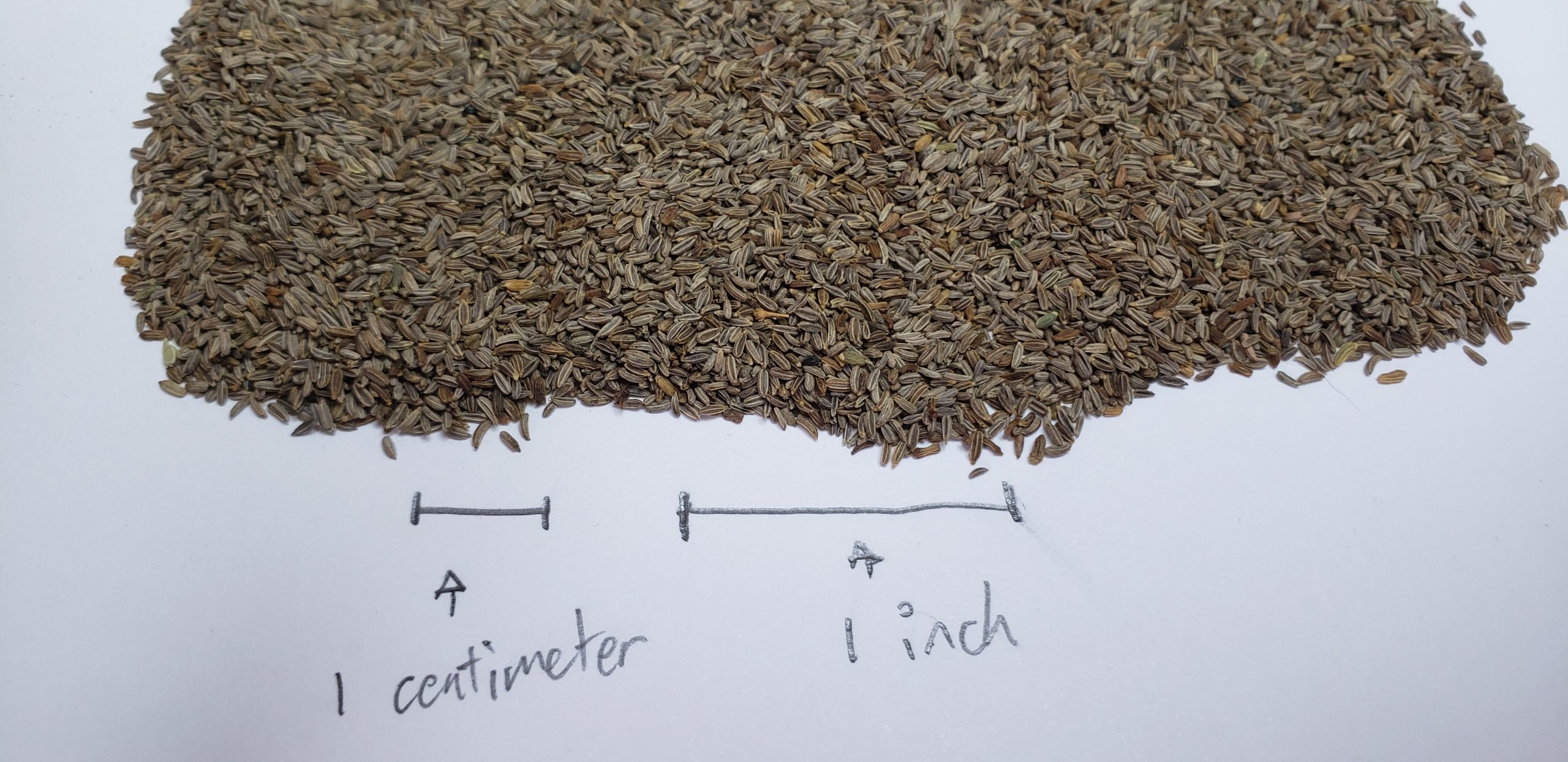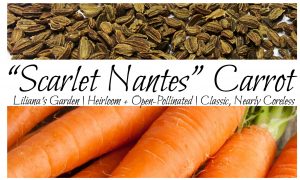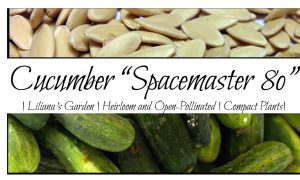Description
This is not medical advice and ammi visnaga should not be used to treat any condition without the advice of a medical professional: One of the primary bioactive compounds found in Ammi visnaga is khellin, which has been shown to have bronchodilator and vasodilatory effects, as well as antispasmodic and anti-inflammatory properties. Because of these properties, the plant has been used to treat asthma, bronchitis, and other respiratory conditions, as well as hypertension and angina.
In addition to its medicinal uses, Ammi visnaga has also been used in perfumes and as a flavoring agent. The plant is cultivated in some regions for these purposes, and its seeds are used in traditional medicine and as a spice. However, the plant can also be toxic if consumed in large quantities, so caution should be taken when using it.
How to Grow Ammi visnaga Flower “Snow White”
“Snow white” Ammi visnaga is relatively easy to grow and care for, and can be a great addition to a garden or landscape. Here are some tips on how to grow Ammi visnaga:
-
Climate: Ammi visnaga grows best in a sunny location with well-draining soil. It is tolerant of a range of soil types, but prefers a slightly alkaline soil pH. The plant can be grown as an annual or biennial, depending on the climate.
-
Planting: The best time to plant Ammi visnaga is in the spring or fall, depending on your climate. The seeds can be sown directly into the soil or started indoors and then transplanted. Plant the seeds about 1/4 inch deep and 12-18 inches apart. Water the seeds well after planting and keep the soil moist until they germinate.
-
Watering: Once the plants are established, they are relatively drought-tolerant and do not require frequent watering. However, they will benefit from regular watering during dry spells to help them stay healthy and produce abundant blooms.
-
Fertilizing: Ammi visnaga does not require heavy fertilization, but adding some compost or slow-release fertilizer to the soil before planting can help to promote healthy growth and abundant blooms.
-
Maintenance: To keep Ammi visnaga looking its best, deadhead spent blooms regularly to encourage new growth and flowering. The plants may also benefit from staking or support to keep them from flopping over.
With proper care and attention, Ammi visnaga can produce abundant, delicate blooms that add a touch of natural beauty and elegance to any garden or landscape.
FAQ for Ammi visnaga Flower “Snow White”:
What is Ammi visnaga?
Ammi visnaga is a plant species in the Apiaceae family that is native to the Mediterranean region. It is also known as khella or toothpick weed for it’s appearance of a long, woody stem and bright white teeth.
What are the natural, medicinal property claims of Ammi visnaga?
Ammi visnaga has been traditionally used in herbal medicine to treat various respiratory conditions such as asthma and bronchitis, as well as hypertension and angina. Its active compound, khellin, has bronchodilatory and vasodilatory effects, as well as antispasmodic and anti-inflammatory properties. Ammi visnaga should not be used medicinally without first consulting a licensed medial professional.
What does Ammi visnaga look like?
Ammi visnaga is a tall, herbaceous plant that can grow up to 1.5 meters in height. It has finely divided, feathery leaves that are arranged alternately along the stems. The plant produces large, flat-topped clusters of small, white or yellowish flowers, which are arranged in an umbel shape.
How do I grow Ammi visnaga?
Ammi visnaga is relatively easy to grow and care for. It prefers a sunny location with well-draining soil and can be grown as an annual or biennial, depending on the climate. The seeds can be sown directly into the soil or started indoors and then transplanted, though we recommend the direct approach for overall vigor. Water the seeds well after planting and keep the soil moist until they germinate. See the above section about “How to Grow Ammi Visnaga” for more details.
How do I care for Ammi visnaga?
Once the plants are established, they are relatively drought-tolerant and do not require frequent watering. Adding some compost or slow-release fertilizer to the soil before planting can help to promote healthy growth and abundant blooms. Deadhead spent blooms regularly to encourage new growth and flowering. The plants may also benefit from staking or support to keep them from flopping over.
Can Ammi visnaga be used in floral arrangements?
Yes, “Snow White” Ammi visnaga is valued for its delicate, lacy appearance, which makes it a popular choice for adding texture and lightness to floral arrangements. Its airy, white blooms are particularly well-suited for use in wedding bouquets and other romantic arrangements.
Is Ammi visnaga toxic?
Ammi visnaga can be toxic if consumed in large quantities, so caution should be taken when using it. The plant should not be ingested unless under the guidance of a qualified healthcare practitioner. Ammi visnaga should never be fed to animals and can be used to successfully repel wild deer, rabbits, and other animals that tend to nibble on decorative garden plants.
Is Ammi visnaga invasive?
“Snow white” Ammi visnaga is not considered to be invasive, but it has been introduced and naturalized in some parts of the world outside of its native range. Unlike other types of Ammi that are similar in appearance, the seeds of Ammi visnaga do not spread as far and are less likely to be as viable unless special care is taken in cultivating them.
Can Ammi visnaga be grown in containers?
Yes, “Snow White” Ammi visnaga can be grown in containers as long as the container is deep enough to accommodate the plant’s long taproot. Choose a large container with well-draining soil and water regularly. We recommend that, although this can be done, ammi visnaga should be grown directly in the ground. For the best visual effect, ammi visnaga should be planted behind in in with low-growing flowers and decorative plants such as hostas or nasturtiums.
Can Ammi visnaga be used in cooking?
Ammi visnaga seeds have been used in traditional medicine and as a spice and flavoring for baked goods and candy, but they are not commonly used in everyday cooking. The plant’s leaves, stems, and flowers are not typically used for culinary purposes and, given their potent medicinal effects, should not be.






Reviews
There are no reviews yet.